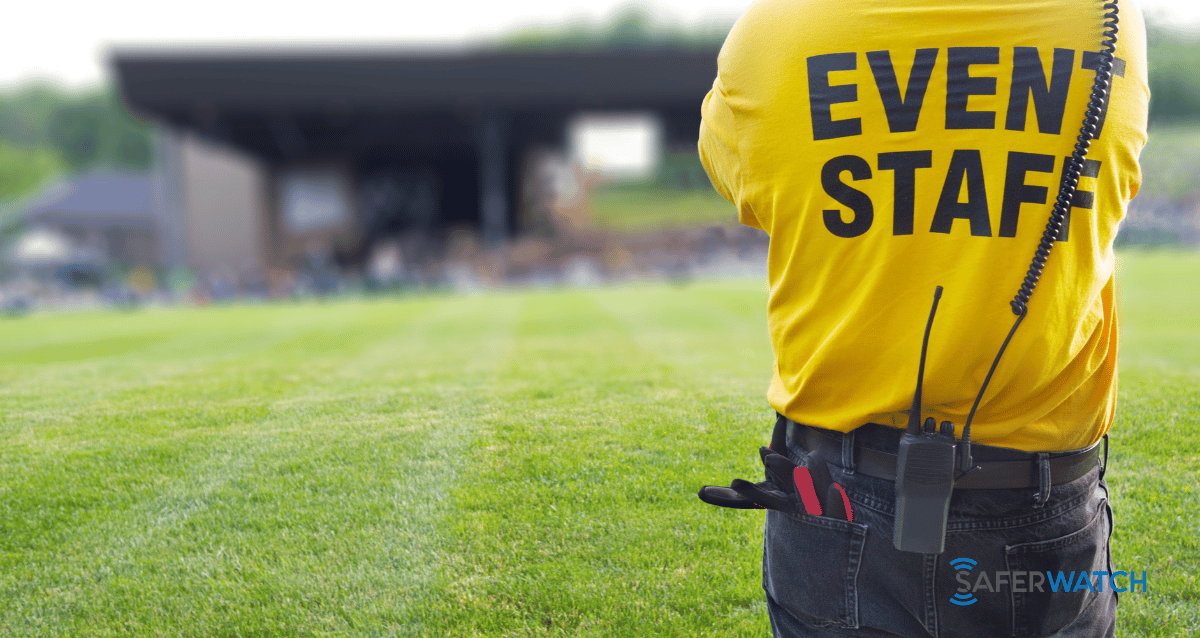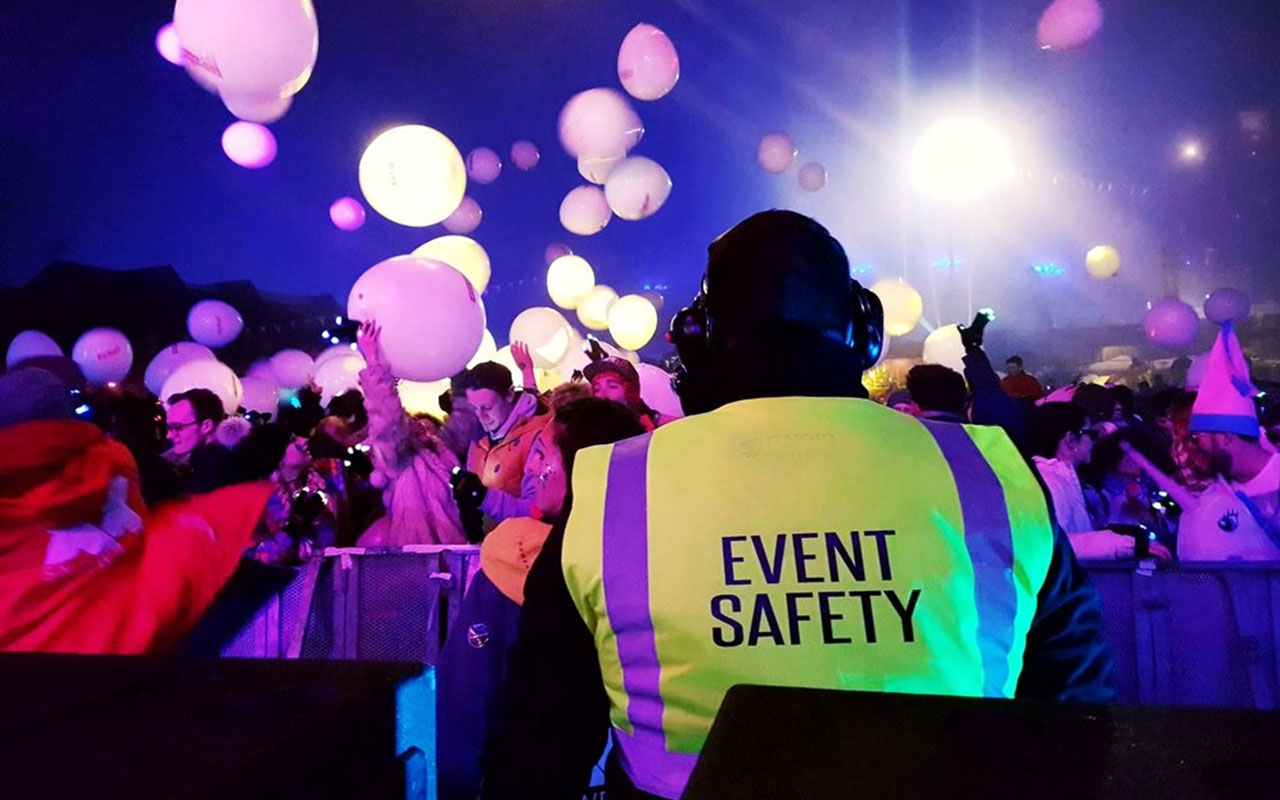Event Safety and Security: Ensuring a Safe and Enjoyable Experience for Attendees
Hosting events, whether large-scale festivals, concerts, or corporate gatherings, involves prioritizing the safety and security of attendees. Effective event safety and security measures not only mitigate potential risks but also enhance the overall experience, ensuring attendees feel safe, comfortable, and able to fully enjoy the event. This article explores essential strategies and best practices for ensuring event safety and security from planning to execution.


Pre-Event Planning and Risk Assessment
1. Identify Potential Risks: Conduct a comprehensive risk assessment to identify potential hazards such as crowd management issues, weather-related concerns, medical emergencies, and security threats.
2. Develop a Safety Plan:
- Emergency Response Plan: Establish protocols for responding to emergencies, including evacuation procedures, medical emergencies, and communication strategies.
- Security Plan: Determine security needs based on the event's size, location, and nature. Coordinate with law enforcement and private security firms if necessary.
Implementing Safety and Security Measures
1. Crowd Management:
- Capacity Planning: Monitor and control the number of attendees to prevent overcrowding and ensure safe movement within the venue.
- Entry and Exit Points: Designate clearly marked entry and exit points with adequate staffing to facilitate smooth entry and emergency evacuation if needed.
2. Surveillance and Monitoring:
- Security Personnel: Deploy trained security personnel strategically throughout the venue to monitor crowd behavior, detect suspicious activity, and respond promptly to incidents.
- Surveillance Systems: Utilize CCTV cameras and monitoring systems to enhance situational awareness and aid in monitoring large crowds.
3. Medical Services:
- Medical Staff and Facilities: Have qualified medical personnel onsite equipped to handle medical emergencies. Set up medical stations with first aid supplies, AEDs, and emergency medications.
- Communication with Emergency Services: Establish communication channels with local emergency services for rapid response and coordination in case of emergencies.
Ensuring Attendee Safety and Comfort
1. Information and Communication:
- Event Information: Provide attendees with clear and comprehensive information about safety measures, emergency exits, and how to report concerns or incidents.
- Communication Channels: Establish multiple communication channels, such as signage, announcements, and mobile apps, to disseminate information and instructions during the event.
2. Hygiene and Sanitation:
- COVID-19 Protocols: Implement hygiene measures and adhere to public health guidelines to prevent the spread of infectious diseases, including hand sanitizing stations and mask requirements if applicable.
3. Training and Preparedness:
- Staff Training: Ensure all event staff, including security personnel, ushers, and volunteers, are trained in emergency response protocols, customer service, and conflict resolution.
- Drills and Rehearsals: Conduct drills and rehearsals for emergency scenarios to familiarize staff with their roles and responsibilities during critical incidents.
Post-Event Evaluation and Improvement
1. Debriefing and Evaluation: After the event, conduct a debriefing session to review incidents, evaluate the effectiveness of safety measures, and gather feedback from attendees and staff.
2. Continuous Improvement: Use insights gained from post-event evaluations to identify areas for improvement in future events, update safety plans, and implement corrective actions.


Event safety and security are paramount to ensuring a positive and memorable experience for attendees. By proactively planning, implementing effective safety measures, and maintaining open communication, event organizers can create a safe environment where attendees can enjoy themselves without worry. Prioritizing attendee safety not only protects individuals but also enhances the reputation and success of events, fostering trust and loyalty among participants. Ultimately, investing in comprehensive safety and security measures demonstrates a commitment to attendee well-being and contributes to the overall success and sustainability of events in the long term.












